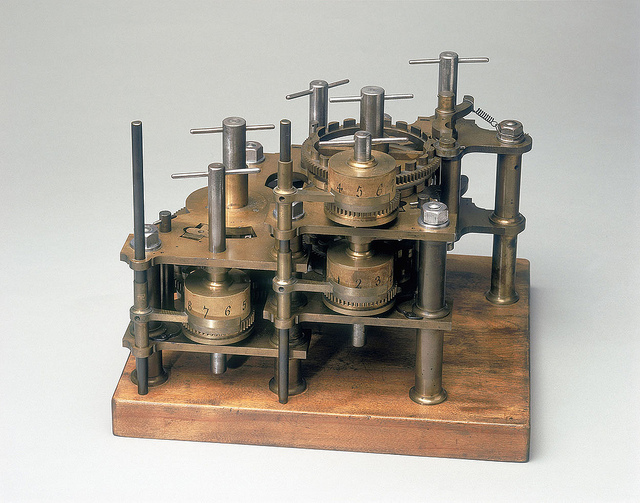Successful organizations today are outperforming their competition by better using data to inform workforce and business decisions. Despite these positive results, HR’s use of analytics is still the exception, and most companies might not be up to speed yet. This is because the majority of companies either have not invested in human analytics -or human capital analytics- or they’ve already made the investment but they haven’t fully realized the benefits of what they put into it: the time, the ramp up, the money, the training. So if your company is among those who haven’t yet come up to speed, how can your HR department, your team, accelerate the transformation to add sustainable, data based workforce decision making to your business culture?
There’s a quote from Lewis Carroll’s “Alice’s Adventures in Wonderland” that says “if you don’t know where you’re going, any road will get you there”. But how does this relate to the fact that more HR organizations are now using talent analytics?
Often, we set out to do things in HR analytics almost for analytics’ sake, and we can get caught up in doing the latest and the greatest, and the most complex statistical models. That’s really interesting, but if we’re not traveling down an analytical road for business reasons, at the end of the day it’s just analytics for analytics’ sake. This quote sums the reason of existence of HR analytics, which is to support the business. If we’re not trying to support the business to achieve an outcome, then any road can take us there, it could be any kind of statistical model, any kind of reporting, any kind of technology, and having that really clear picture helps us crystallise what we’re trying to do in HR analytics.

Image courtesy of Science Museum London at Flickr.com
Another quote comes from Charles Babbage, the inventor, polymath and mechanical engineer who is best remembered for originating the concept of a programmable computer, along with Ada Lovelace. He’s considered by some to be the father of the computer. Some of his uncompleted mechanisms are on display at the science museum in London. The quote says “errors using inadequate data are much less than those using no data at all”. But what does this mean in the world of HR analytics?
A whole concept to show today is what does it take to make wholesome analytics and how to find a competitive differentiator. It’s not uncommon to see customers, businesses or people who are afraid of starting out because they say their data isn’t pure, it’s not perfect, it’s not all housed in a centralized data lake, maybe it’s coming from different sources. So a few people are using it for an excuse, but there’s a lot of fear that until your data is perfect, you can’t begin. So you think about a lot of decisions that are made today which are based on intuition, and people should be encouraged to just get started.
Some might say that a little bit of knowledge is a dangerous thing. Now we’re saying that a little bit of data is better than absolutely nothing; it’s the complete opposite. Are most companies not aware of talent analytics, human capital Analytics, workforce analytics? Is this an unknown concept to them or do they just think it’s too expensive or they’re not ready? Is it a matter of price?
It’s important to go back to the definition of workforce analytics. It’s not like products, where you can say “that’s a thing”. There’s a lot of reporting that’s being done in HR today, so there’s typically a lot of reporting historically in which people have been focused on what’s the head count, how many people left this quarter or this month, or similar things. The question is how do you go and move beyond that reporting and start to do things that can generate some more light on that. People are generally aware of the fact that it has to do with data, a lot of people, large or small and medium-sized businesses, are doing that standard sort of reporting today. So going beyond that is asking how can we define exactly what needs to be done.
Louis Pasteur, who invented a process to kill bacteria in milk and wine, the father of microbiology, said: “Never advance anything which cannot be proved in a simple and decisive fashion”. This quote relates to the topic of workforce analytics in a couple of ways. It was a call to action to other scientists to follow a careful process and use rigorous tools in the 19th century, so some of the great problems facing humanity at the time could be solved. That’s where we are in many cases in HR. The call to action is that many organizations are excited about analytics but they haven’t made the breakthroughs that they may want to do. There are processes and more data available today than ever before, and it really is an opportunity for leaders in HR to make sure that analytics becomes a common courtesy and not just a separate side project.
Related content: Read Jason Hanold’s “How to optimize the Human Resources management of your company”

